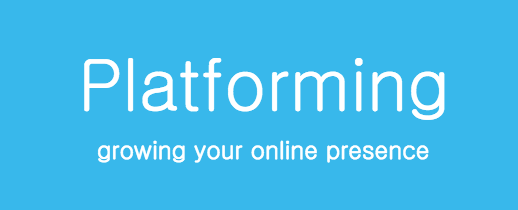
Platform and Branding
Hey, Writer. Let’s Talk About Your Brand!
Now more than ever, personal branding is important. Whether you’re scrolling through Instagram looking at the latest influencers’ posts,…
February 18, 2021
Now more than ever, personal branding is important. Whether you’re scrolling through Instagram looking at the latest influencers’ posts,…
February 18, 2021
A few days ago, my wife returned from the grocery store with two different brands of coffee: Lavazza and…
November 12, 2019
When you think about the word “brand,” what comes to mind? A metal tool used with cattle? A particular…
September 16, 2018
Good content is critical for a writer but how that content is presented is also important. In Brand Basics…
April 1, 2016
We’re familiar with a brand as it relates to corporations. When we think of Coke, McDonalds, and Nike these…
December 17, 2015